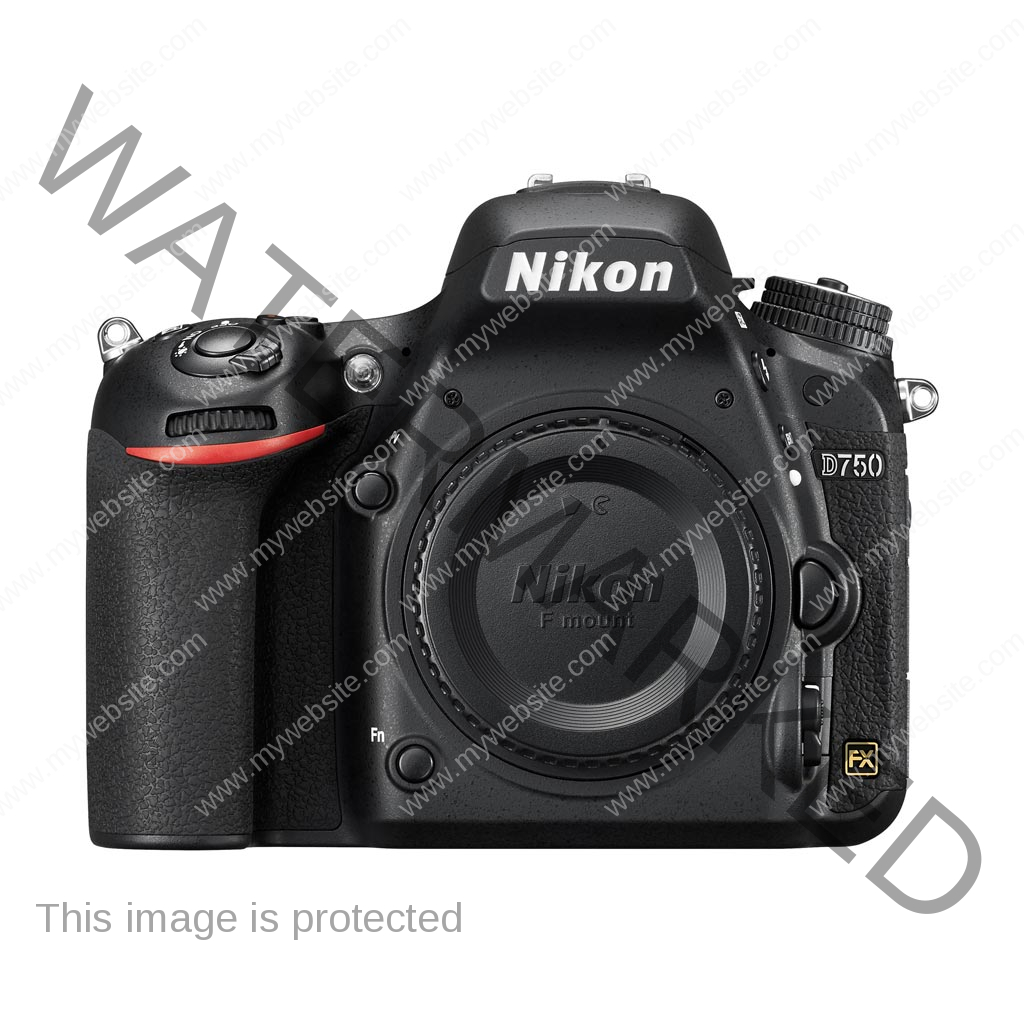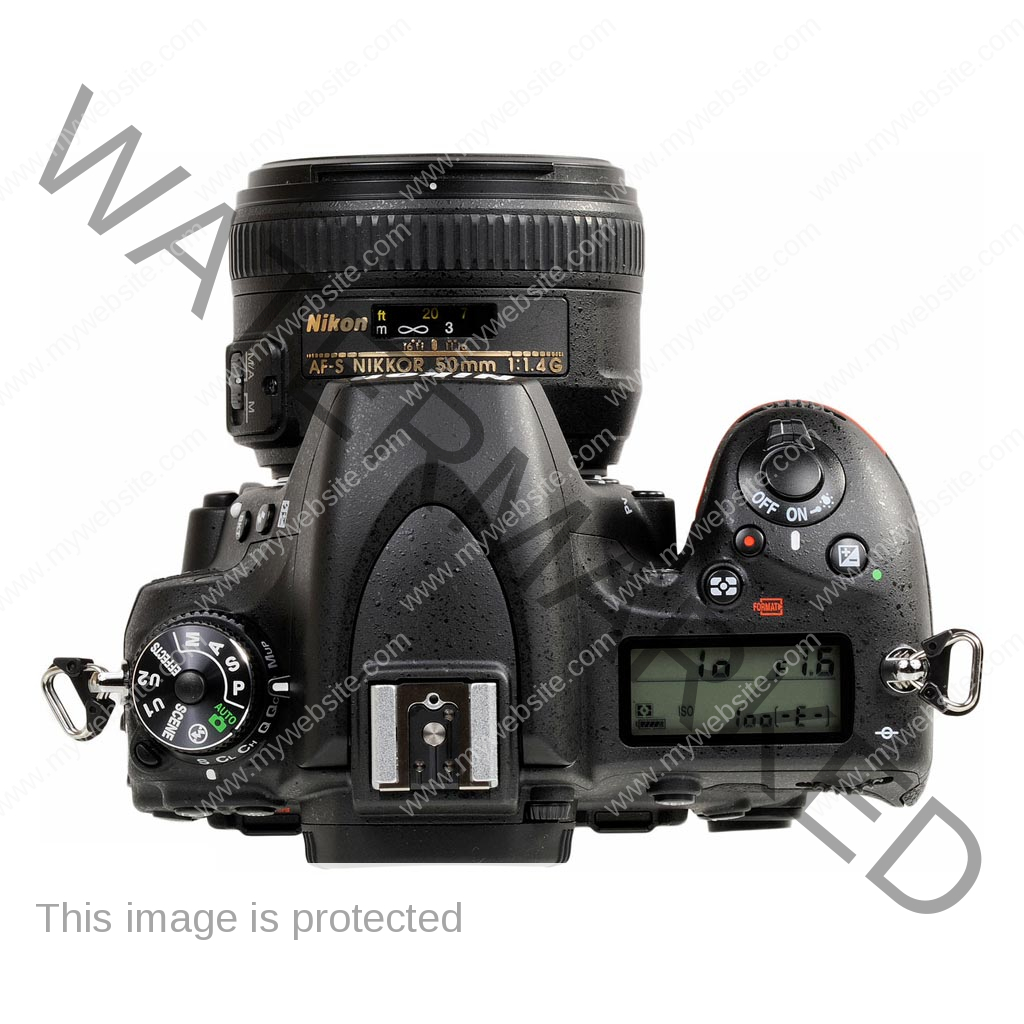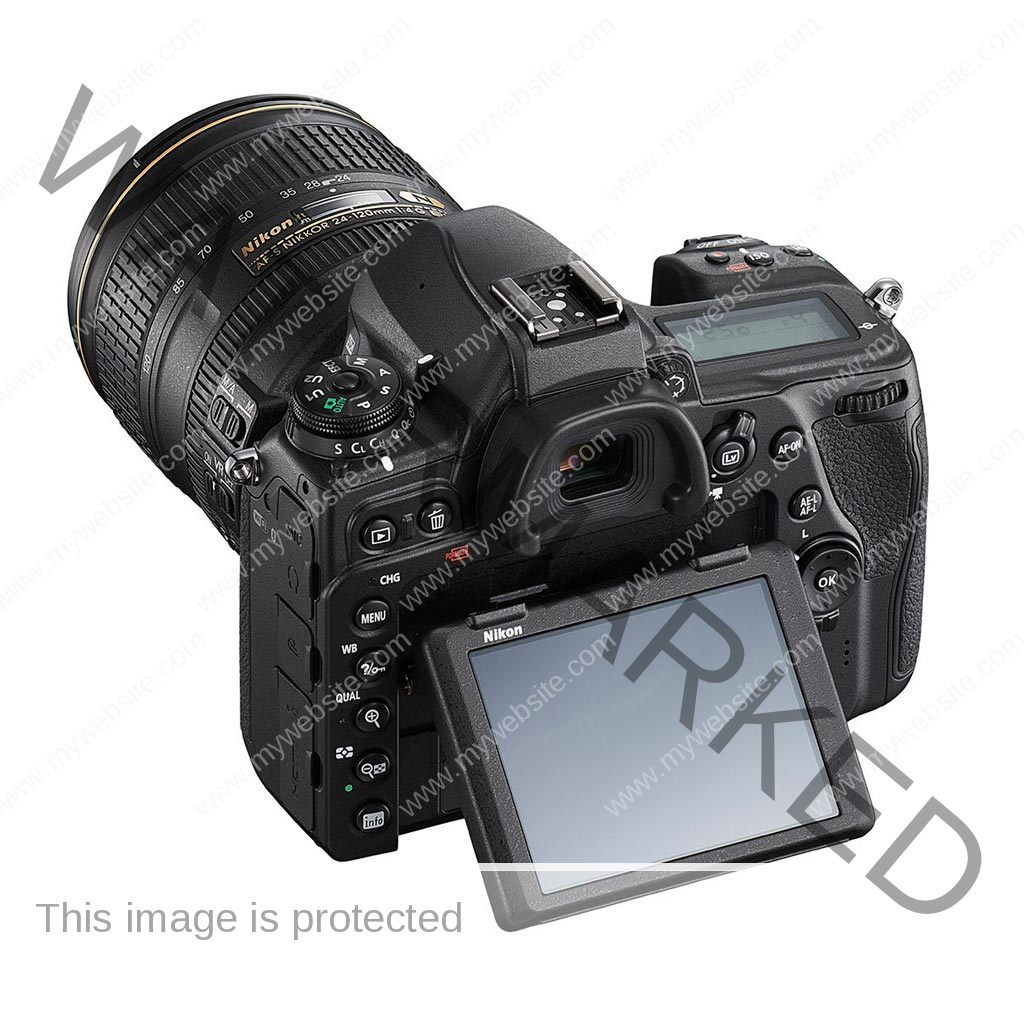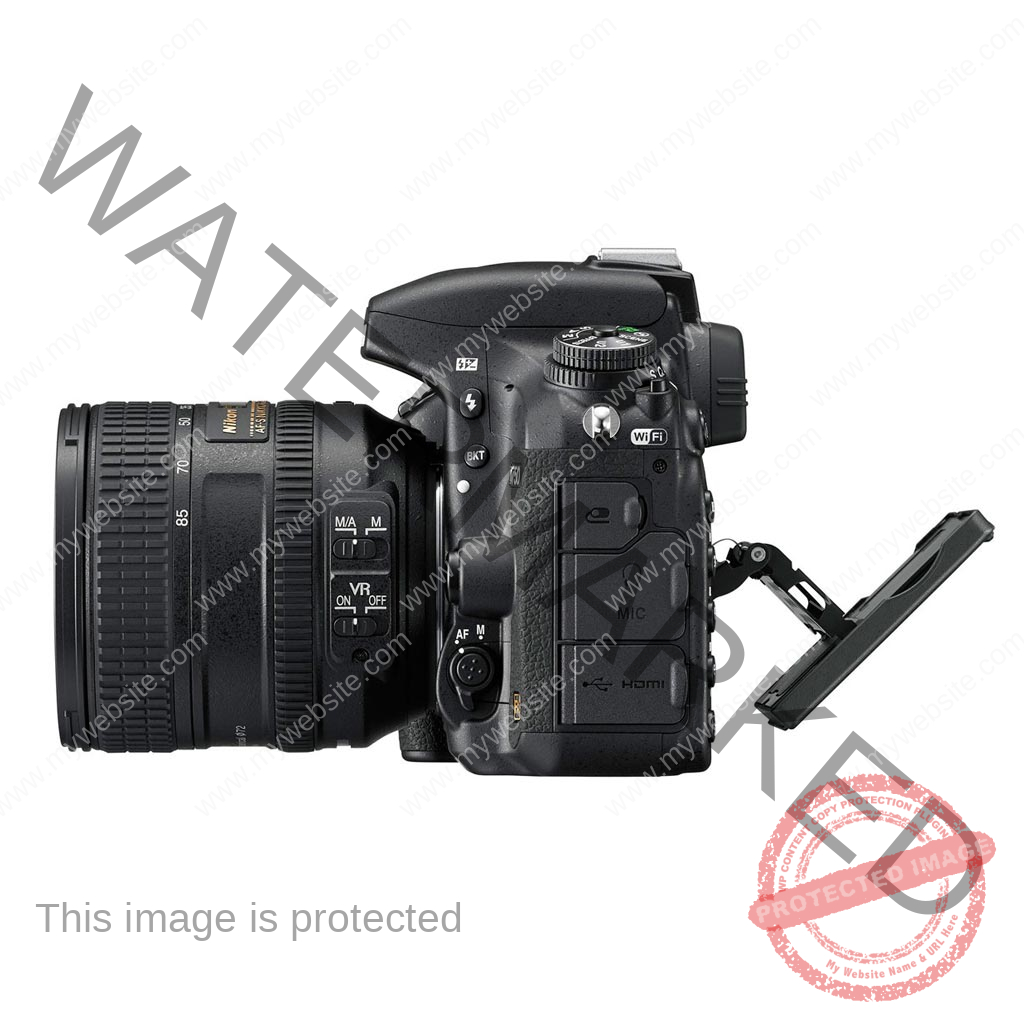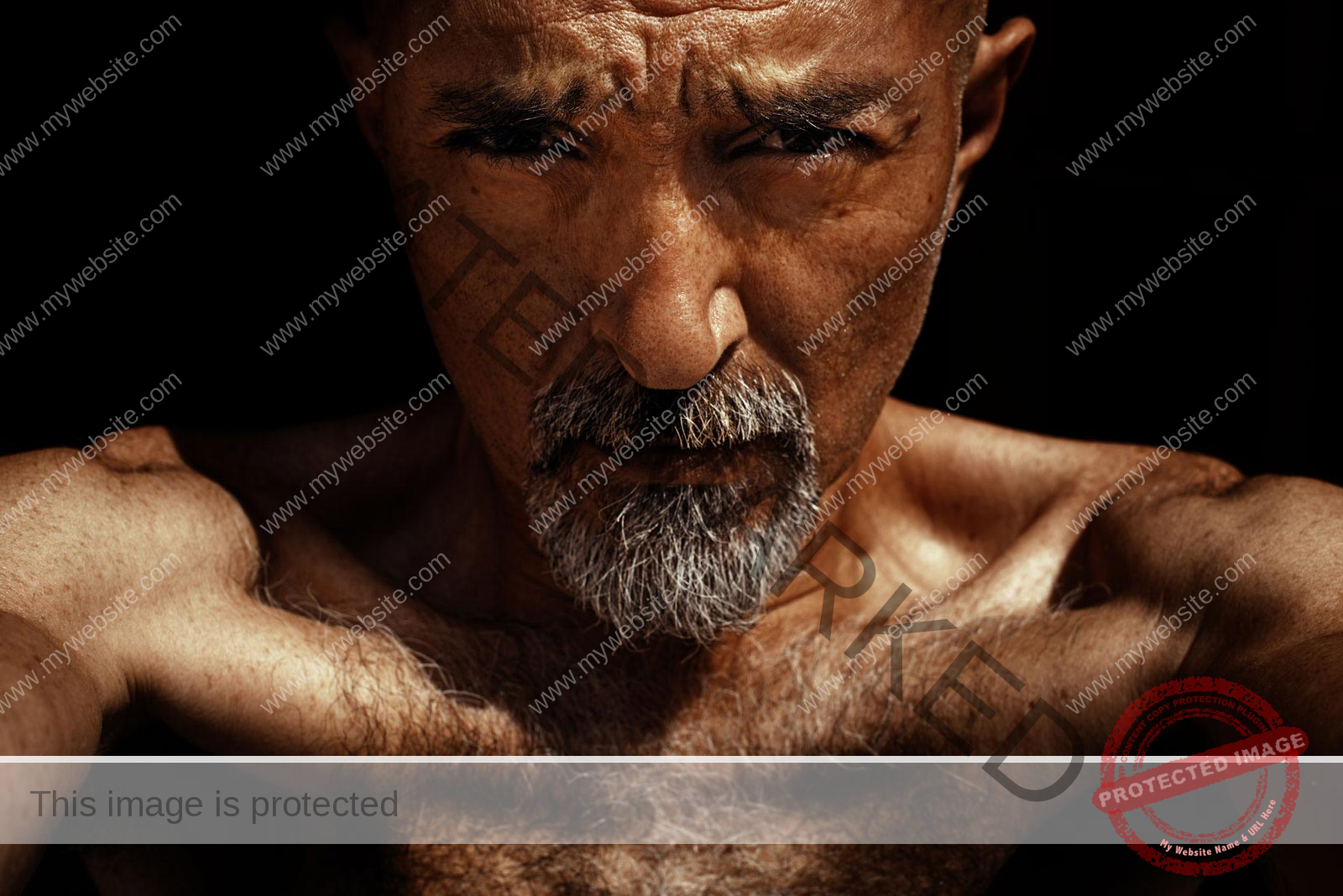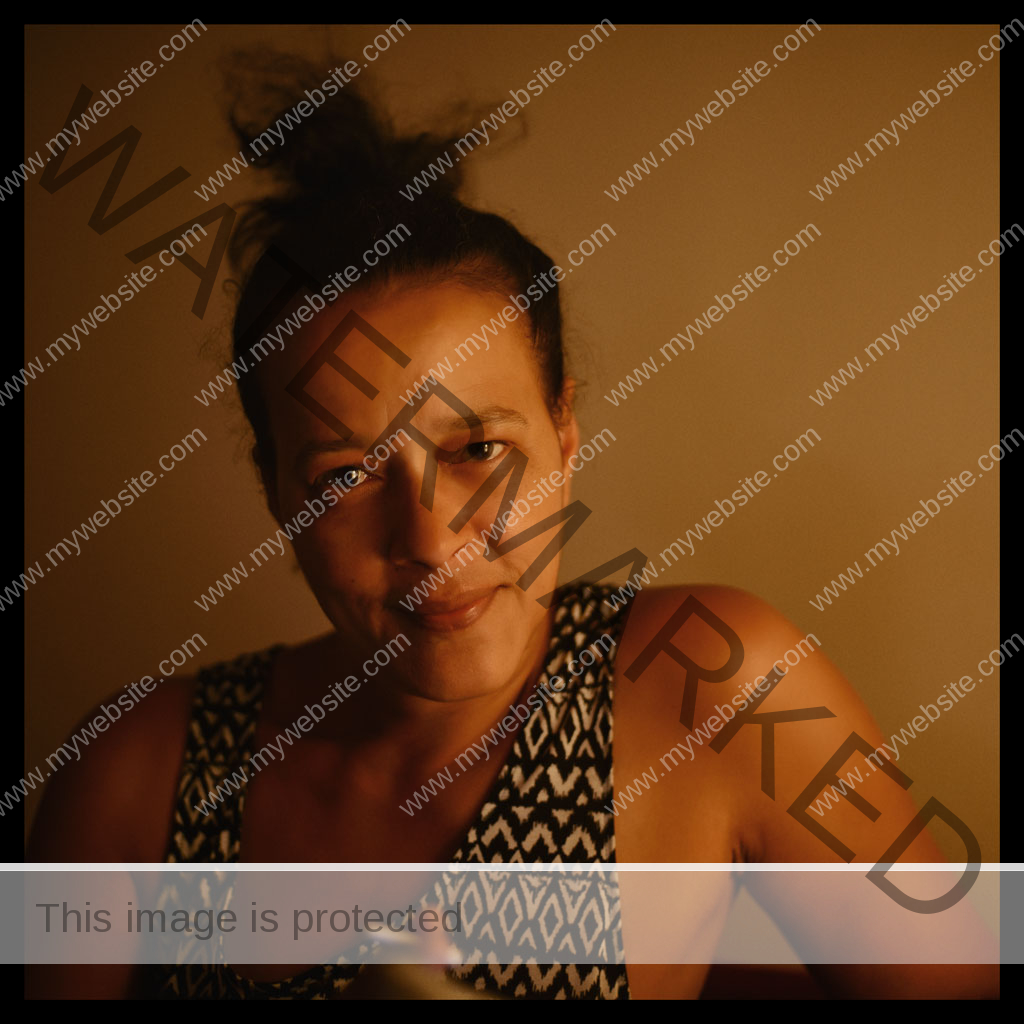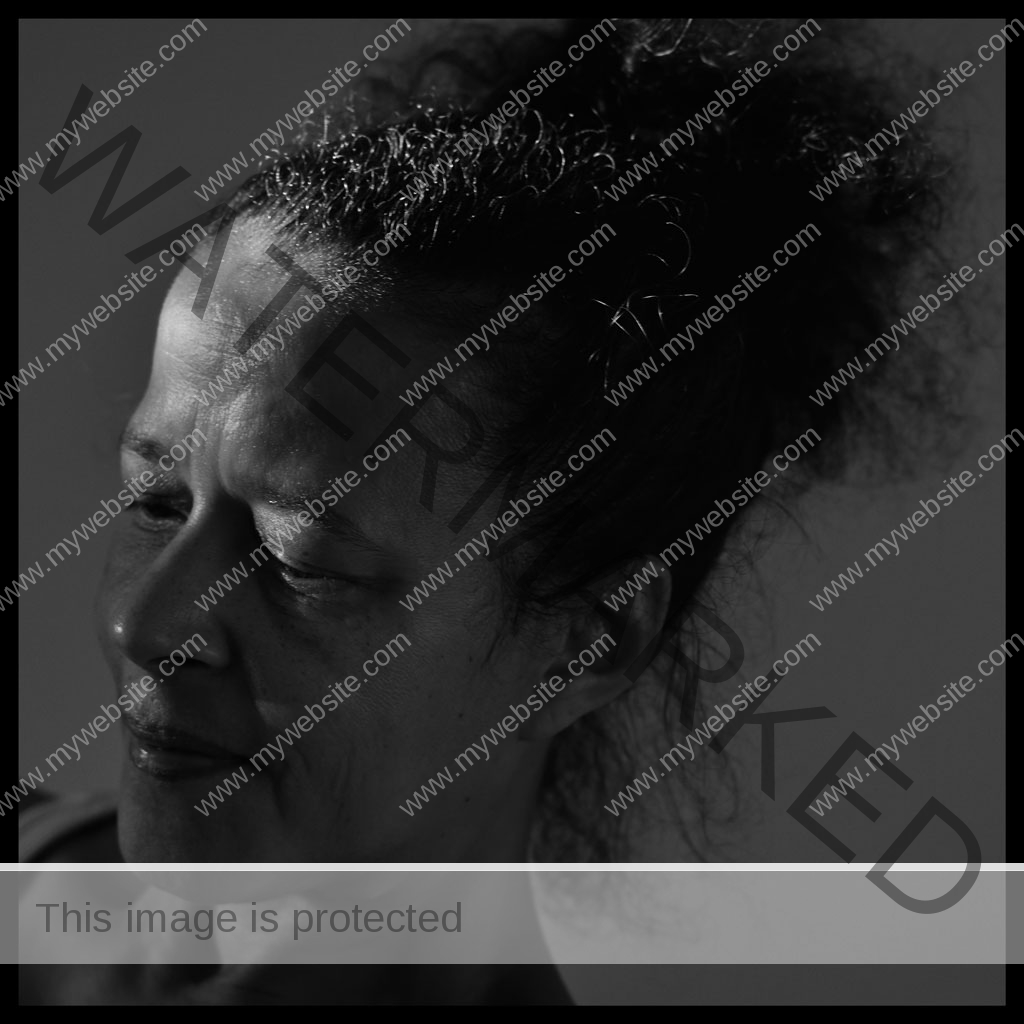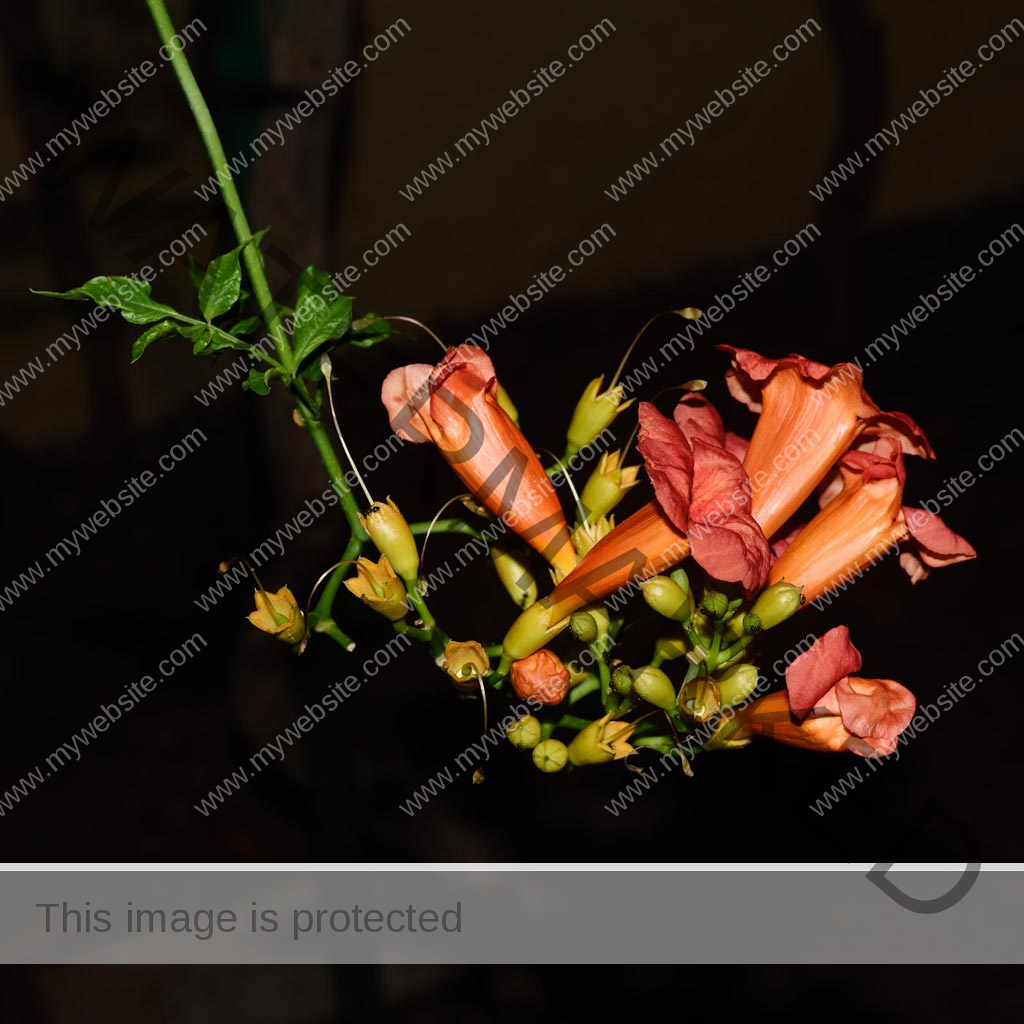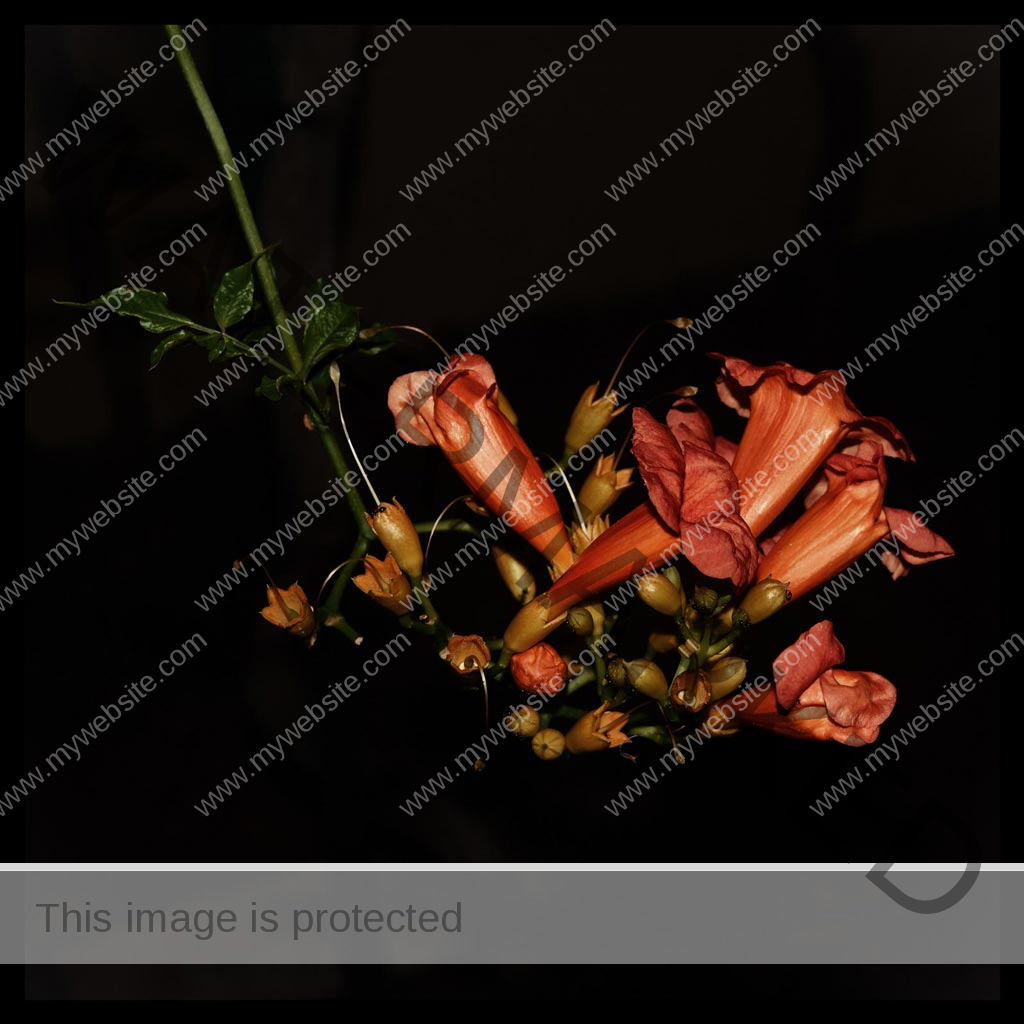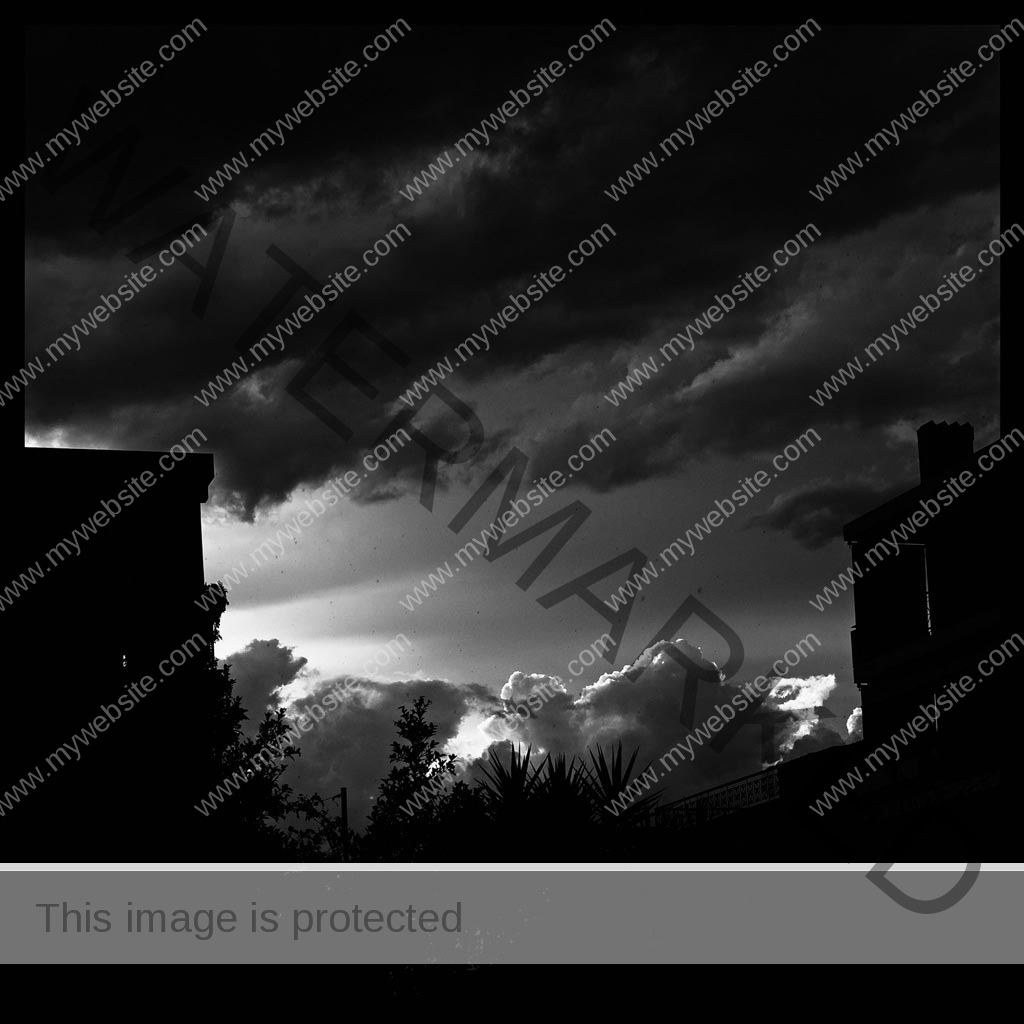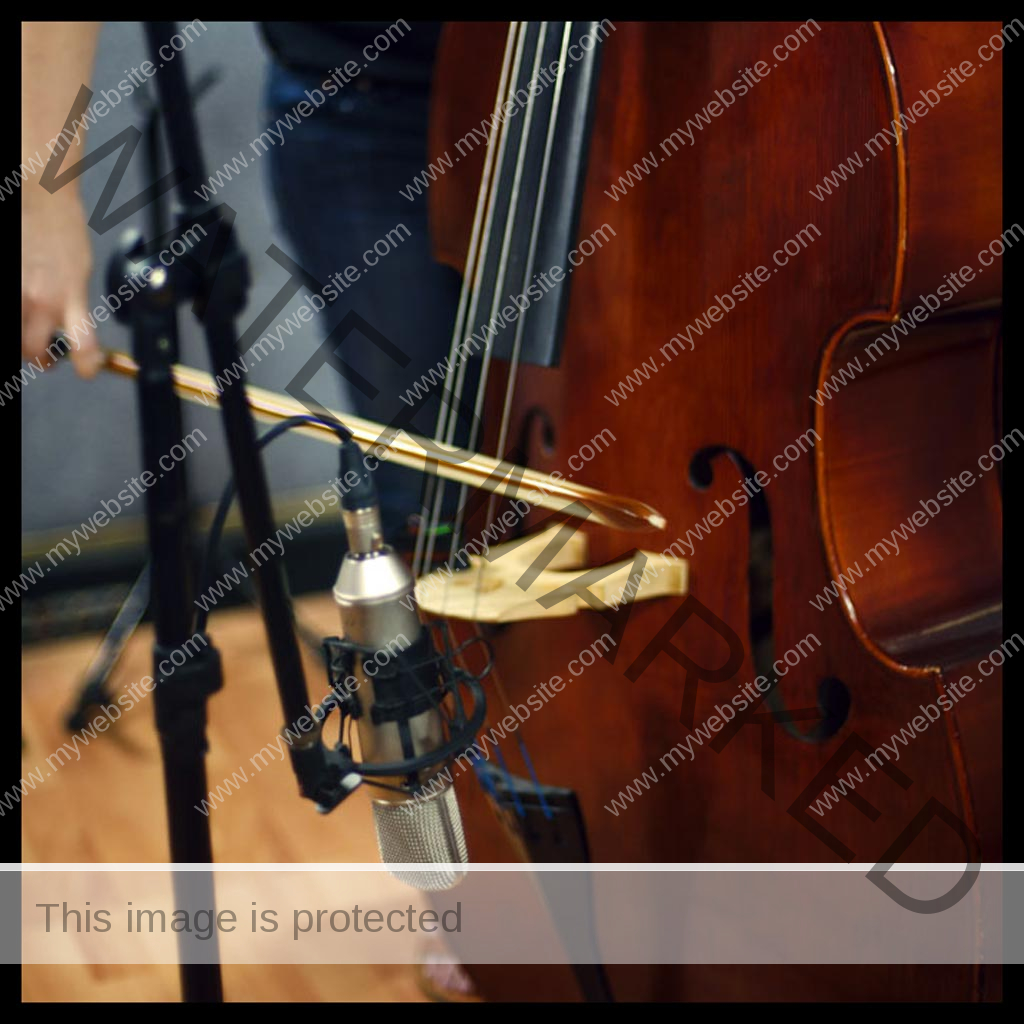From the top and left to right:
Cassi in Lamp-Light: Nikkor 50mm f1.4 Ai-S, 1/25s f1.4, ISO 400
Cassi in Day-Light: Nikkor 105mm f2.5 S, 1/250s f4, ISO 250
Vine Flowers at Night: Nikkor 50mm f1.4, 1/60s, f8, ISO 250, camera flash
After the Storm: Nikkor 50mm f1.4 Ai-S, 1/1000s f8, ISO 250
Recording Elena: Nikkor 50mm f1.4 Ai-S, 1/50s f1.4, ISO 800
As soon as I have had the chance to do some studio lighting I will post my results.
For now this will do.
Above as it were, I am relying on the old adage that one picture tells a thousand stories. I won’t go into much technical stuff either. Below I have posted a link to find out all the specifications and details you may need.
All I can say is, this is my third Nikon DSLR since 2007. I have already written on this site about those others. I loved the D200, was mad about the D700. So the D750 isn’t the first DSLR that has actually impressed me.
Since the halcyon days of film, old photographers like me have been lamenting the passing of analogue photography and, as the years have passed, we have built the old things into incomparable paragons of proper “real” photography.
So what can I tell you, if you decide to go with this camera, make sure you get proper (by that I mean prime) lenses if you want to get the best out of it. My opinion of course, you can disagree to your hearts content. Yes they say the D850 is even better, but we can’t all afford double the price tag of the D750.
It’s a keeper.
For More On Nikon Gear Look At These Pages
A Quick Tech Report
I guess that since I have written this article I am kind of obliged to make slightly more effort in telling you my findings so far. I have owned the D750 for around two months now, and have as yet to do an actual shoot with it. But I have been shooting/testing it. I like to get totally comfortable with a camera before I go on an actual shoot because I don’t want any bad technical surprises while I’m shooting a project.
Now, since I am a photographer and not a cinematographer, I will concentrate on the camera as a photographic tool in this short report. But I need to point out a little something. This is the first camera I have owned with a video function. And I am totally impressed with this aspect of the D750. It is a truly amazing HD video camera.
My tests so far have proved a number of impressive things about this camera. Shooting with prime lenses on RAW (DNG, NEF) format at full resolution, I have found practically nothing bad can be said about the qualities the images display. Unlike all other DSLR I have worked with so far this camera represents an incredible advance in the range of tones and colours, holding beautifully in the highlights while keeping amazing amounts of detail in the shadows. One of the biggest disadvantages of digital images over the years has been their short tolerance of highlights in contrasty scenes. So often a prefect exposure is ruined by a noisy edge breakup where the burnt out highlights met the mid-tones and shadows. Not with this machine. The digital negative (RAW) displays an amazingly wide gamma for post correction in RAW handling applications such Nikon’s own NX-D Capture and other equivalent apps I have tested. Something that in the past forced one to make huge compromises when processing images shot under contrasty situations, leading to hours of retouching and reconstruction on burnt highlights, is now incredibly quick and easy; and this on the rare occasions when the RAW file straight out of the camera actually displays any problem to begin with. And this is my point; aside from the most accurate tonal and chromatic performance from the original RAW image, which, in 90% of cases so far, requires astonishingly little correction; the camera’s more automated tasks such as the ever essential white balance present superb accuracy and colour rendition. In all the years I have worked with RAW images this is the first time where I have pretty much used the file as it came off the SD card with no corrections at all.
As for the light meter, the degree of evenness in the way the matrix metering system reads exposure has also been a revelation (I set mine to 12˚ spot metering). I have always found an annoying set of minor variations in the way my previous cameras read “difficult” scenes. Most digital camera, even low resolution ones on phones work pretty perfectly when reading average exposures in daylight and with even contrast and full gamma. TTL light meters really come into their own when working under high contrast and uneven conditions, when for example the majority of the image area is in deep shadow with one detail blasted by sunlight. Here even on film which on the whole had a wider gamma than digital cells till now, the photographer had to make a quick choice, “expose for the shadows? Or the highlight!”. Each choice meant losing one or the other to a certain extent (that is why we have bracketing of course). On the D750 I was amazed to find that in a single frame whether I chose one or the other it did not necessarily mean losing either. And this is a marvellous thing indeed.
On other fronts, I have always set my cameras to Nikon’s pre-set Portrait mode since the Standard mode always proved too contrasty to work with well in Photoshop for the kind of shadow and highlight details I required. With the D750 I have been most happy to leave the machine on the Standard mode out of the box since it presents so much more capacity for holding both shadow and highlight details in a single exposure. Ergonomically the D750 continues the Nikon traditions of great handling design. The body feels right, it just fits perfectly into my hands and for me at any rate the controls I need when I shoot (always on full manual mode in my case, I have no auto-focus lenses or zooms for that matter) are perfectly positioned.
Starting at 100 and going all the way 25600, the range of ISO settings on this machine is also massive. The 24.3mp gives me a very large and fine RAW file which also stands a great deal of enlargement. I have found so far that I never need to go over 800 ISO to get clean, accurate shots even in low light. The lack of digital noise in high ISO settings is pretty revolutionary in my experience. Although to be fair, the D700 performed admirably at even 5000 ISO, so that is not too much of a shock to say the D750 performs well in high ISO settings.
As someone who owns only old analogue Nikkor lenses, I am pleased to report that this camera continues Nikon’s policy of seamless integration with pre-digital optics, so no loss there either.
Other little things that are truly wonderful about this camera could be discussed ad infinitum, but one thing I must point out since it has been a major complaint about Nikon’s entire range of cameras. It has an incredibly quiet shutter. The first time I fired it I thought something had gone wrong!!! But no it is simply minimal in the classic Nikon clacking clatter of the mirror bouncing up and coming down hard again. May not seem like a big deal but it really is, especially when you are trying to shoot discreetly say at a lecture or a musical performance.
In conclusion; and yes I know it was not a very technical tech report!; I would like to say that two months into using the camera I am truly impressed with pretty much everything it has given me. I may find problems with it when it comes to doing an actual shoot with more exacting demands, but given my test results so far I very much doubt it. I will however report any anomalies if I find them. After all I don’t work for Nikon, and I certainly don’t owe them anything 🙂.
VM 05.07.2016

